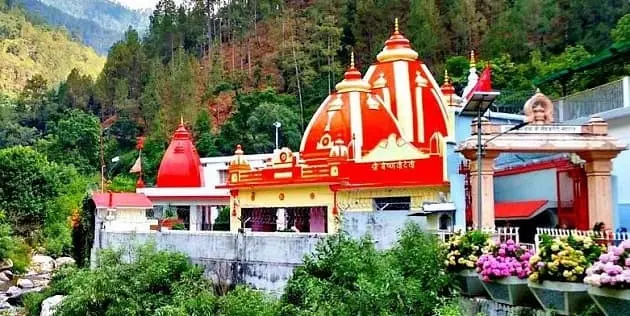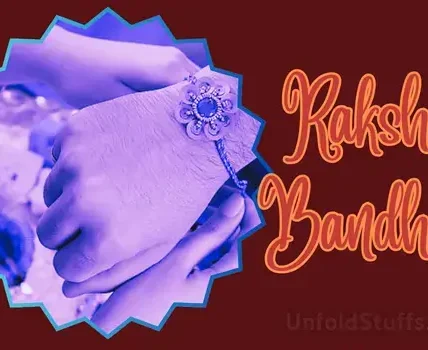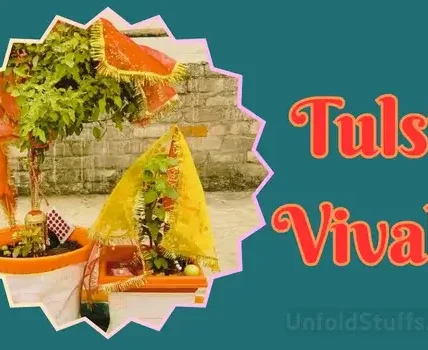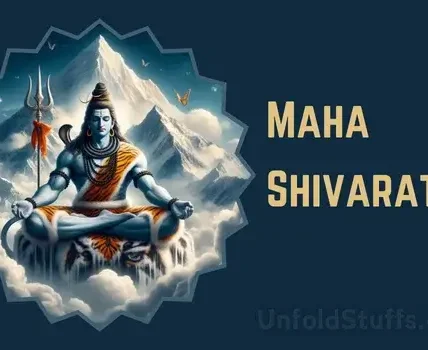Rath Yatra is a vibrant Hindu festival celebrated with immense enthusiasm, particularly in the state of Odisha, India. The festival revolves around the grand procession of Lord Jagannath, his elder brother Balabhadra, and sister Subhadra, on elaborately decorated chariots. Typically occurring in June or July, the highlight of Rath Yatra is the pulling of these colossal chariots through the streets by thousands of devotees.
The chariots are constructed anew each year and are named Nandighosa (for Lord Jagannath), Taladhwaja (for Balabhadra), and Darpadalana (for Subhadra). The procession attracts a vast multitude of devotees who come to witness and participate in this divine event. The journey of the deities symbolizes their visit to their aunt’s residence, the Gundicha Temple.
Rath Yatra is not limited to Odisha; it is also celebrated in Puri, West Bengal, and various other places. The festival signifies the unity of communities, devotion to deities, and the spirit of joyous celebration among people of diverse backgrounds.
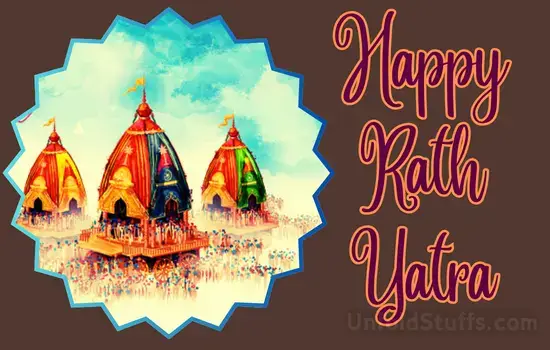
Rath Yatra 2024 Puja Date and Time
Ratha Yatra 2024 |
||
| Event | Date & Time | Day |
| Ratha Yatra 2024 | Jul 07, 2024 | Sunday |
| Dwitiya Tithi Begins | 04:26 AM on Jul 07, 2024 | Sunday |
| Dwitiya Tithi Ends | 04:59 AM on Jul 08, 2024 | Monday |
Stories Related to Ratha Yatra
Story 1: The Legend of Lord Jagannath’s Rath Yatra
Long ago, in the sacred city of Puri in Odisha, there lived a humble king named Indradyumna. Despite being a devoted ruler, he was troubled by a recurring dream in which he envisioned a grand and resplendent form of Lord Vishnu. Eager to witness the divine presence, the king consulted his priests, who revealed that the deity in his dream was none other than Lord Jagannath.
Determined to manifest this divine vision, King Indradyumna sought the guidance of the sage Narada. The sage advised him to perform a yajna (sacrificial ceremony) to invoke the Lord. During the yajna, a celestial voice declared that the Lord could be found in the form of a wooden log on the shores of Puri. The king, guided by divine providence, discovered the log and decided to carve idols of Lord Jagannath, his brother Balabhadra, and sister Subhadra from it.
As the artisans began their work, a divine incident occurred. The sculptor, Visvakarma, insisted on working in seclusion, and the king, curious about the progress, could not resist peeking into the workshop. To his surprise, he found the incomplete idols. In response, Lord Jagannath declared that the idols were complete as per the divine plan and that they should proceed with the consecration.
When the day of the consecration arrived, the king invited Lord Brahma to perform the rituals. However, he faced an unexpected challenge – the deities insisted on being installed without any specific form or facial features. Lord Brahma, perplexed but determined, performed the consecration with the unfinished idols. To everyone’s astonishment, the deities took on a form that was both unique and divinely enchanting.
These idols became the sacred deities of Puri, and the magnificent Jagannath Temple was constructed to house them. It was decided that the deities would annually embark on a chariot journey, known as Rath Yatra, to visit their aunt’s residence at the Gundicha Temple. The Rath Yatra became a symbol of unity, devotion, and the divine bond between Lord Jagannath and his devotees.
Story 2: The Devotion of a Devadasi – Chandana’s Tale
In the town of Puri, there lived a devoted woman named Chandana. She was a devadasi, dedicated to serving the deities of the Jagannath Temple. Her life revolved around the divine service of Lord Jagannath, Lord Balabhadra, and Goddess Subhadra. Chandana’s love for the deities was unparalleled, and her days were spent in prayer, ritualistic dance, and adorning the idols with fragrant sandalwood paste, earning her the name ‘Chandana’ or ‘Sandalwood.’
One year, as the Rath Yatra approached, Chandana felt an intense desire to contribute something special to the occasion. Despite her humble status, she wished to offer the deities a gift that reflected her unwavering devotion. Guided by inspiration, Chandana decided to make exquisite sandals for Lord Jagannath, crafted from the finest sandalwood.
With utmost dedication, she spent days and nights creating intricately carved sandals. The sandals were a testament to her love, adorned with delicate patterns and infused with the sweet fragrance of sandalwood. Chandana’s creation became a symbol of devotion and craftsmanship.
On the day of the Rath Yatra, Chandana humbly presented the sandals to the temple priests, requesting them to place the sandals on Lord Jagannath’s feet during the chariot procession. The priests, recognizing the purity and sincerity of Chandana’s devotion, agreed.
As the chariots moved through the streets, the aroma of the sandalwood sandals permeated the air, creating an atmosphere of divine fragrance. The people of Puri were captivated by the sweet scent that enveloped the entire procession. It was believed that the fragrance of Chandana’s sandals brought blessings and auspiciousness to all who experienced it.
Lord Jagannath, pleased with Chandana’s selfless offering, bestowed his divine grace upon her. Chandana’s act of devotion became a cherished part of the Rath Yatra tradition. To this day, devotees remember and honor Chandana’s story, recognizing the power of pure love and humble offerings in connecting with the divine during the auspicious Rath Yatra festival in Puri.
Facts About Rath Yatra 2024
- Divine Sibling Trio: The Rath Yatra is dedicated to the deities Lord Jagannath (an incarnation of Lord Vishnu), his brother Balabhadra, and their sister Subhadra. The trio is worshipped inside the Jagannath Temple in Puri, Odisha.
- Annual Journey: Rath Yatra is an annual festival where the deities embark on a grand chariot journey from the Jagannath Temple to the Gundicha Temple, covering a distance of about 3 kilometers.
- Colossal Chariots: Enormous wooden chariots are constructed every year for the deities’ journey. These chariots are named Nandighosa (for Lord Jagannath), Taladhwaja (for Balabhadra), and Darpadalana (for Subhadra).
- Thousands of Devotees: The Rath Yatra attracts a massive gathering of devotees who come from various parts of India to witness and participate in the procession. The festival symbolizes unity and devotion.
- Chhera Pahanra: One of the significant rituals during Rath Yatra is “Chhera Pahanra,” where the Gajapati King (King of Puri) sweeps the chariot platforms with a golden broom as a symbol of humility and service to the deities.
- Chandan Yatra: The construction of the Rath begins on Akshaya Tritiya, and the deities undergo the Chandan Yatra, a 42-day ritual during which they are adorned with sandalwood paste to protect them from the summer heat.
- Rath Yatra Outside Puri: While Puri is renowned for its Rath Yatra, similar celebrations occur in other parts of India, including Ahmedabad in Gujarat and Kolkata in West Bengal, where massive processions take place.
- Unique Festive Cuisine: Special dishes, known as “Mahaprasad,” are prepared during Rath Yatra. Devotees believe that consuming this sacred food brings blessings and divine grace.
- Devotional Songs and Dances: The air is filled with devotional songs, known as “bhajans,” and traditional dances during the Rath Yatra. Devotees express their love and joy through these cultural performances.
- Symbolism of the Journey: The Rath Yatra is symbolic of the journey of life, depicting the challenges and triumphs faced by individuals. It signifies the bond between the deities and their devotees, emphasizing the concept of divine love and protection.
Check All Hindu Festival Date, Shubh Muhurat & Puja Timing |
||||
| Akshay Tritiya | Durga Puja | Holi | Krishna Janmaashtami | Rath Yatra |
| Bhogi | Dussehra | Holika Dahan | Magh Purnima | Teej |
| Chhath | Ganesh Chaturthi | Kalash Sthapana | Maha Shivaratri | Tulsi Vivah |
| Dasha Mata | Govardhan | Kanya Pujan | Makar Sankranti | Ugadi |
| Dhanteras | Gudi Padwa | Kartika Purnima | Nag Panchami | Vasant Panchami |
| Diwali | Hanuman Jayanti | Karva Chauth | Raksha Bandhan | |

Santosh Kumar is an editor at unfoldstuffs.com and a professional content writer. With years of experience he is passionate for creating engaging, informative and impactful topics.
